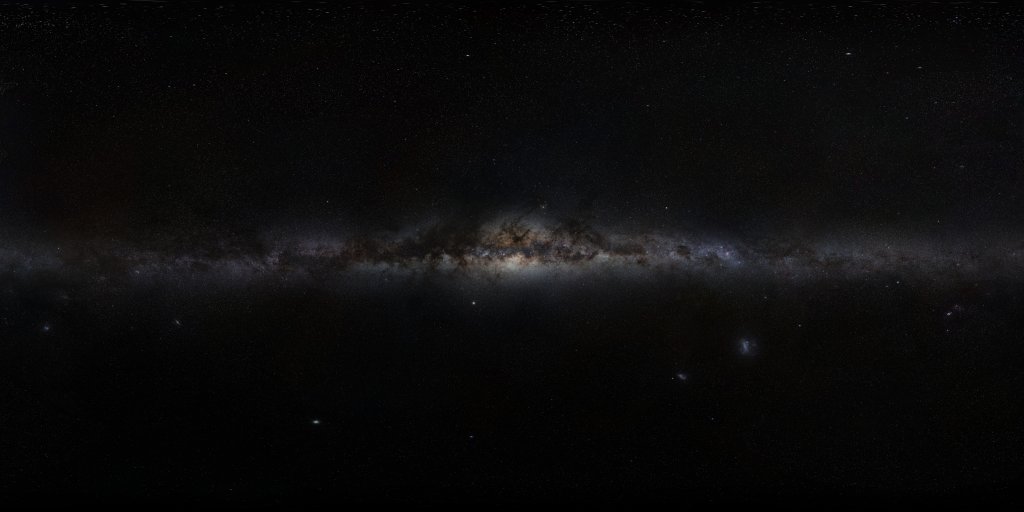|
Introduction
Northwest Africa 5000 (Fig. 1) is breccia
containing predominantly light colored
gabbroic clasts in a gray partly glassy matrix.
This meteorite was discovered in southern
Morocco in the Summer of 2007 (Connolly et
al., 2008). The 27 cm x 24 cm x 20 cm
sample is the second largest lunar meteorite
known, has translucent fusion crust on one
side, contraction cracks and regmaglypts that
are also associated with desert patina or
varnish.
|
|
Petrography
The clasts are largely mono-lithologic
(Irving et al., 2008) "leuco" gabbro,
although there are also gabbroic
anorthosite and impact melt clasts and
matrix mineral fragments (Fig. 2). The
coarse-grained (0.5 to 2.7 mm) calcic
plagioclase feldspar (An96-98) is most
common phase with pigeonite (Fs32-65)
also present, and some of the latter contain
fine exsolution lamellae (Irving et al.,
2008). Accessory phases include
kamacite, merrillite, magnesian ilmenite,
titanian chromite, baddeleyite, zirconalite,
silica, potassium feldspar, and troilite
(Irving et al., 2008).
|

